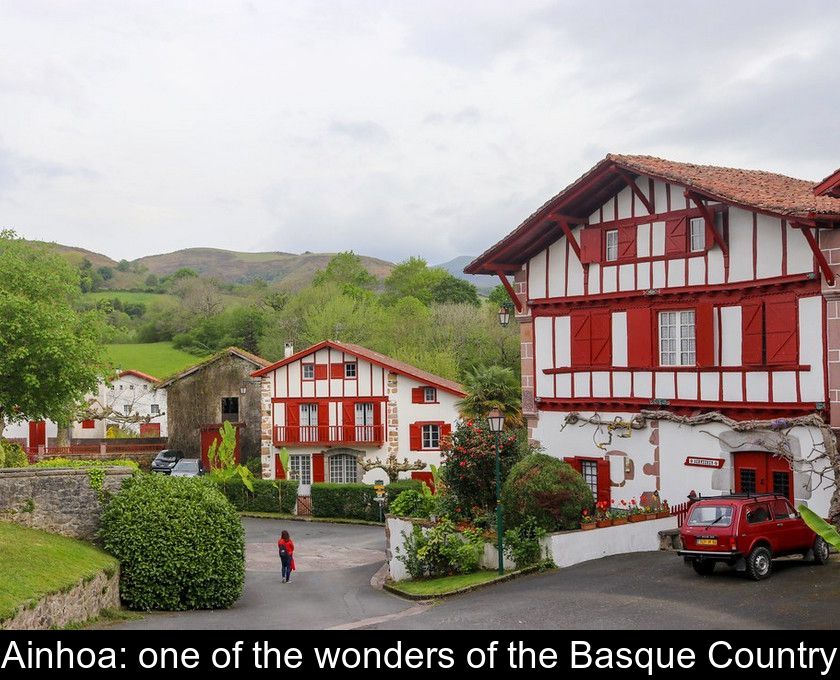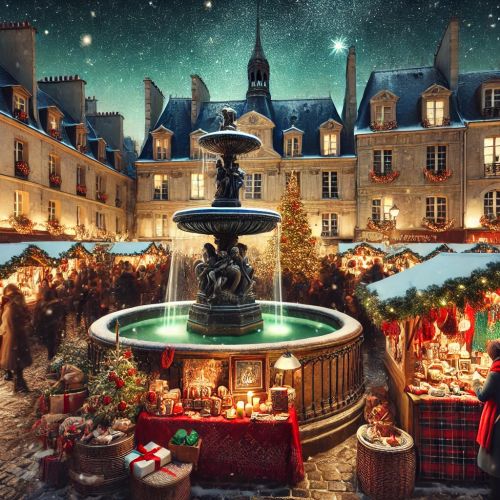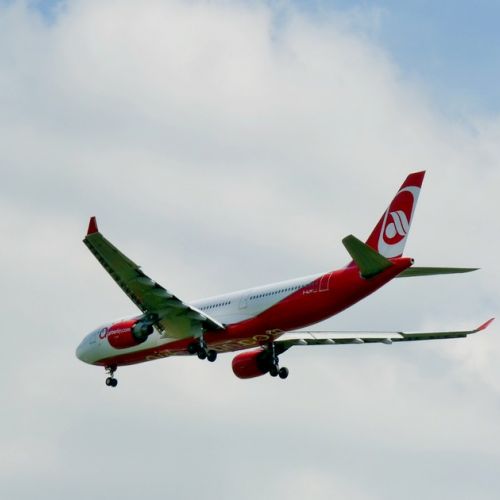Ainhoa: One Of The Wonders Of The Basque Country
Less known than the village of Espelette or Saint-Jean-Pied-de-Port, Ainhoa is nonetheless one of the wonders of the Basque Country. With its white and red facades and its lush surroundings, this village truly deserves the label "picturesque." This vibrant commune is also among the Most Beautiful Villages of France.
Why visit Ainhoa?
Ainhoa is a village in the Aquitaine region located in the Pyrénées Atlantiques department, 25 km south of Bayonne and only a few kilometers from the Spanish border.
This former bastide was founded in the 13th century on the pilgrimage route to Santiago de Compostela... Even today, the town is a major stop on the path and one of the most typical villages in the Basque Country.
This small commune of fewer than 700 inhabitants offers many attractions for visitors:
- the charm of a typical Basque village with its fronton and Labourd or Navarre houses.
- a green setting mixing moorland, oak groves, and conifers, home to a rich wildlife (roe deer, hares, wild boars, rabbits...).
- a gastronomic reputation based on local products such as AOC Espelette pepper and Ossau-Iraty cheese.
What to visit in Ainhoa?
This typical Basque Country village dazzles with its remarkably preserved architecture. With its houses featuring white and red facades and its rich religious heritage, it is a true postcard village!
The main street of Ainhoa reflects respect for local traditions as it is lined with houses of typical architecture, all facing the street. The lime-washed facades are aligned and adorned with exposed dressed stones or half-timbering and shutters in red or green. The village also has a washhouse and a traditional Basque pelota fronton built in 1849.
The Church of Our Lady of the Assumption, built in the 13th century on an old fortified house, is representative of Labourdine religious architecture. It features a single nave without pillars and two floors of galleries.
The Chapel of Our Lady of the Hawthorn completes the religious heritage of the commune. The Virgin Mary is said to have appeared there to a young shepherd in a hawthorn bush, or arantza, hence the chapel's other name (Our Lady of Aranzazu).
To complete the village visit, don't miss the cemetery around the church with its astonishing discoidal and tabular steles from the 16th and 17th centuries, as well as the Heritage House where an exhibition and a film are dedicated to the village's history.
What to see around Ainhoa?
Nestled at the border of the Labourd province and Navarre, Ainhoa is just a few kilometers from other charming tourist villages: Itxassou, Espelette, and Sare.
If you want to gain some elevation to admire the village, you can climb Mount Atsulai, at 389 meters above sea level, by following a Way of the Cross.
Hiking enthusiasts can also take the Blue Pottok Trail connecting the villages of Ainhoa, Sare (in the French Basque Country), and Urdax and Zugarramurdi (in the Spanish Basque Country).
Finally, note that the GR 10 long-distance hiking trail includes a stage from Sare to Ainhoa, which traverses very beautiful landscapes.







